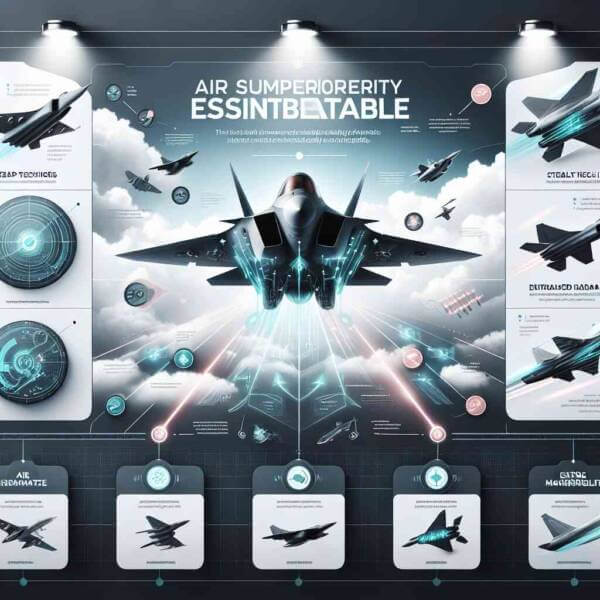
Military aviation is a critical pillar of modern defense strategies around the world.
Today, military aviation encompasses a wide range of missions, from fighter jets and bombers to surveillance drones and transport planes.
How Military Aviation Began
As technology advanced, airplanes were adapted for air-to-air battles, changing the nature of warfare forever.
Key developments over time:
- First use of armed aircraft in combat
- Massive growth in air power
- Rapid development of jet technology
- Remote operations changing the face of conflict
Each era brought innovative strategies that redefined military capabilities.
Main Categories of Military Aviation
Military aviation includes a variety of aircraft, each designed for different roles.
Types of planes used in military aviation:
- Aircraft designed for air-to-air combat
- Bombers
- Transport aircraft
- Eyes in the sky for modern armies
Each type plays a key part in military operations, from striking enemy targets.
Importance of Air Superiority
Controlling the skies protects ground operations.
Strategic advantages of air dominance:
- Providing close air support
- Disrupting enemy supply lines
- Early warning and real-time data
- Demonstrating power and deterrence
Nations with strong military aviation capabilities can control conflicts.
The Next Generation of Military Aircraft
Military aviation is at the forefront of engineering breakthroughs.
Future technologies in military aviation:
- Stealth technology
- Ultra-fast strike capabilities
- Unmanned aircraft operating independently
- New forms of aerial weaponry
These advancements enhance lethality for air forces worldwide.
Challenges in Military Aviation
From high costs to geopolitical tensions, the road to air dominance is never simple.
Major obstacles to overcome:
- Rising development and maintenance costs
- Need for constant upgrades
- Securing digital communications and data
- Questions about accountability and control
Addressing these challenges is necessary for effective defense strategies.
Future of Military Aviation
Nations will continue investing in next-generation aircraft to maintain strategic advantages.
Expected advancements:
- Autonomous mission planning
- Space as the next battlefield
- Developing sustainable aviation technology
- Collaborations across allied air forces
The next era of military aviation will redefine defense.
Final Thoughts on Military Aviation
Its history, present achievements, and future possibilities highlight human ingenuity.
As technology continues to evolve, the skies will remain a vital domain where military aviation safeguards freedoms.
The future of website military aviation is more dynamic than ever — and it’s only just beginning.
 Josh Saviano Then & Now!
Josh Saviano Then & Now! Michael Bower Then & Now!
Michael Bower Then & Now! Judge Reinhold Then & Now!
Judge Reinhold Then & Now! Tina Majorino Then & Now!
Tina Majorino Then & Now! Catherine Bach Then & Now!
Catherine Bach Then & Now!